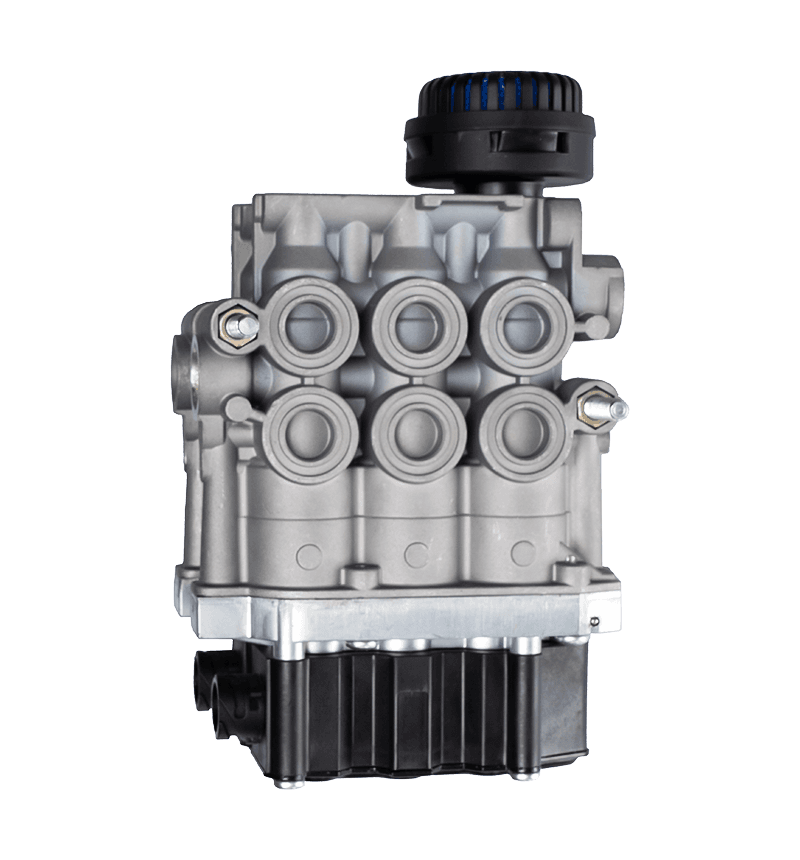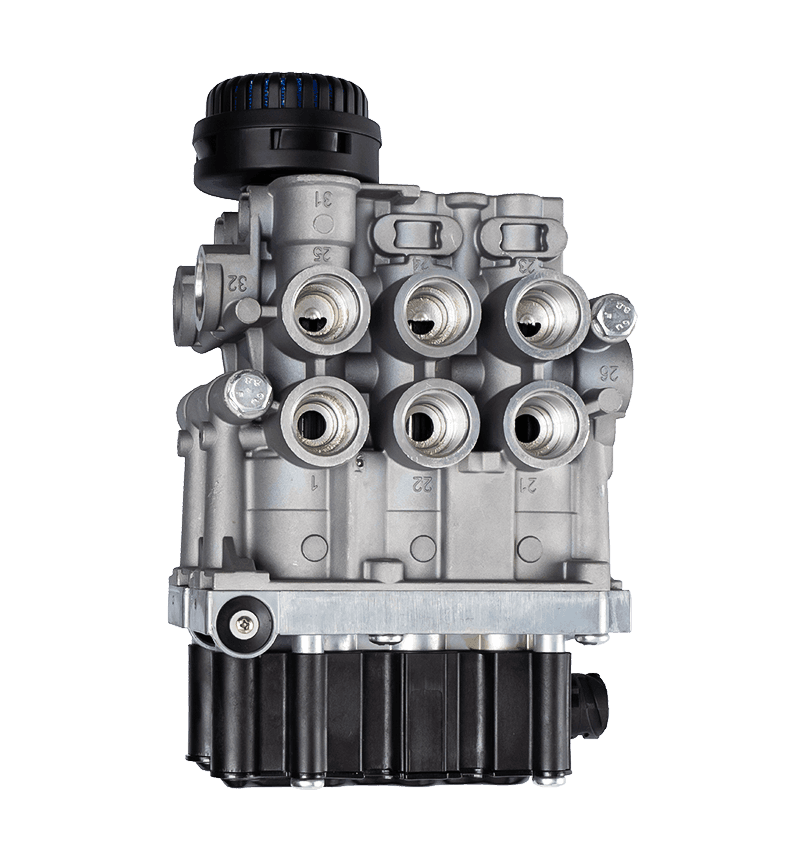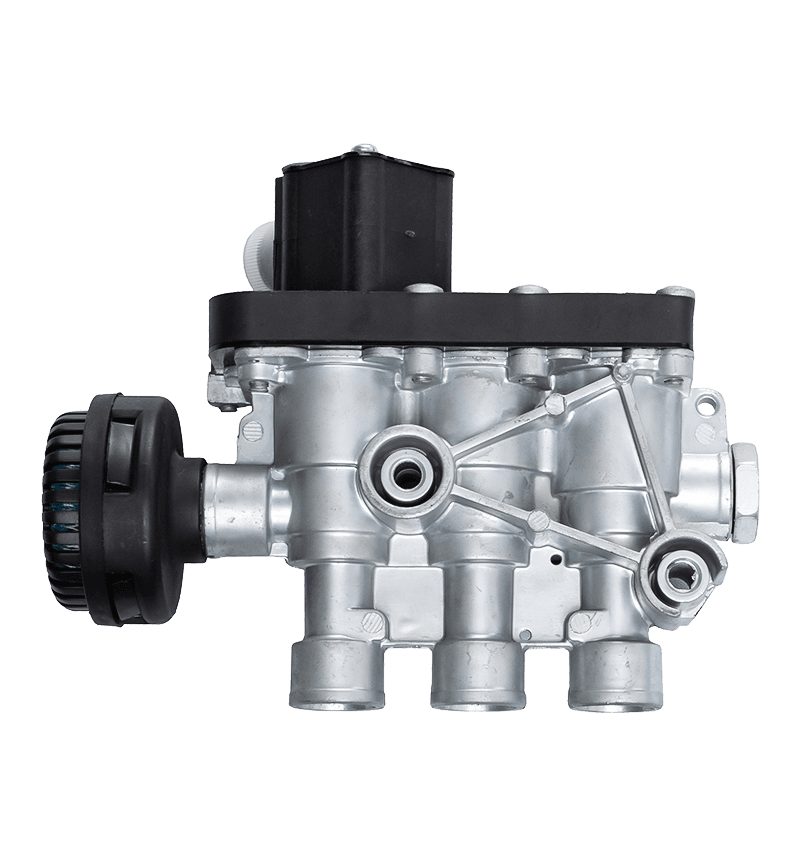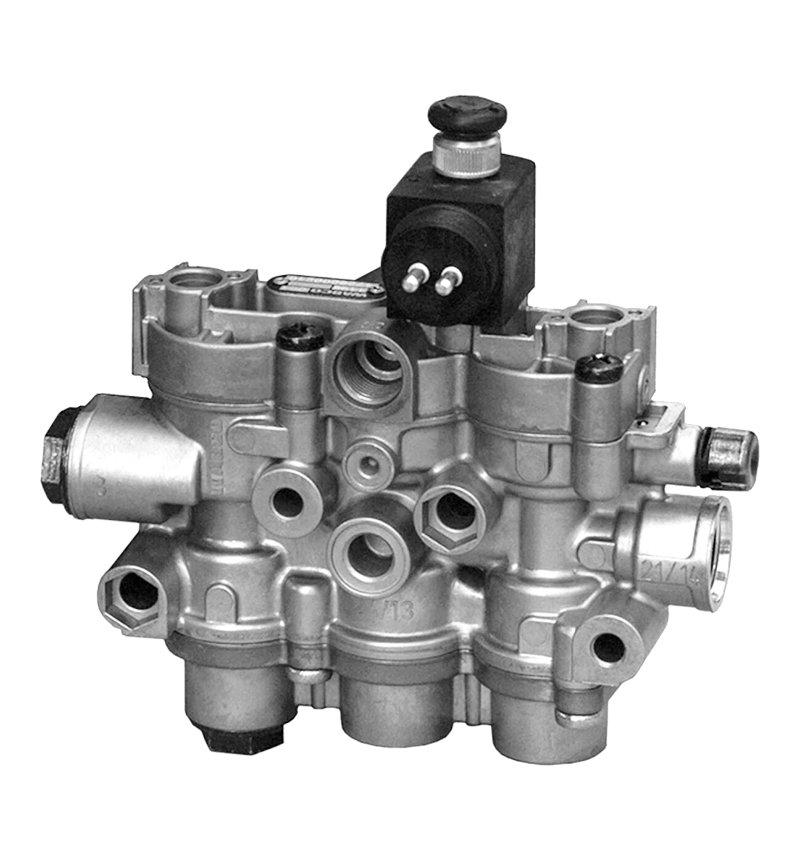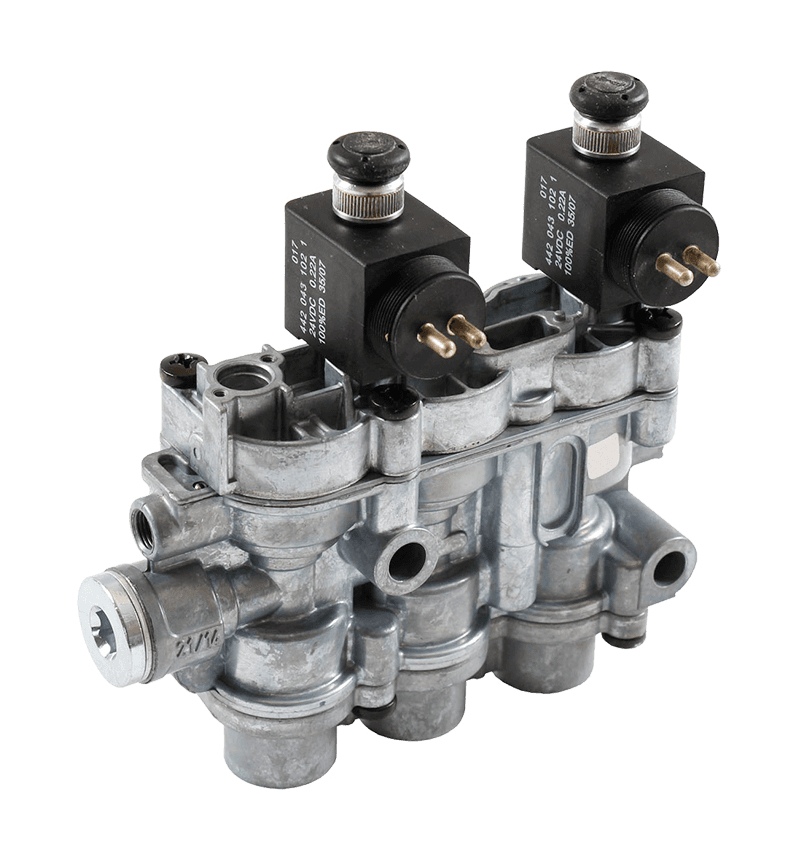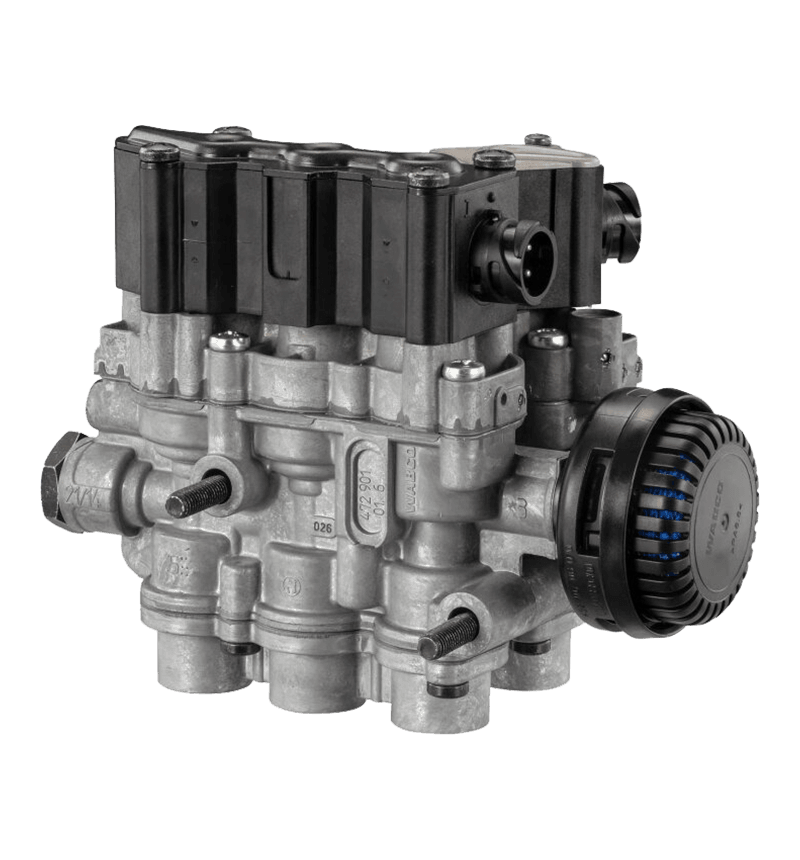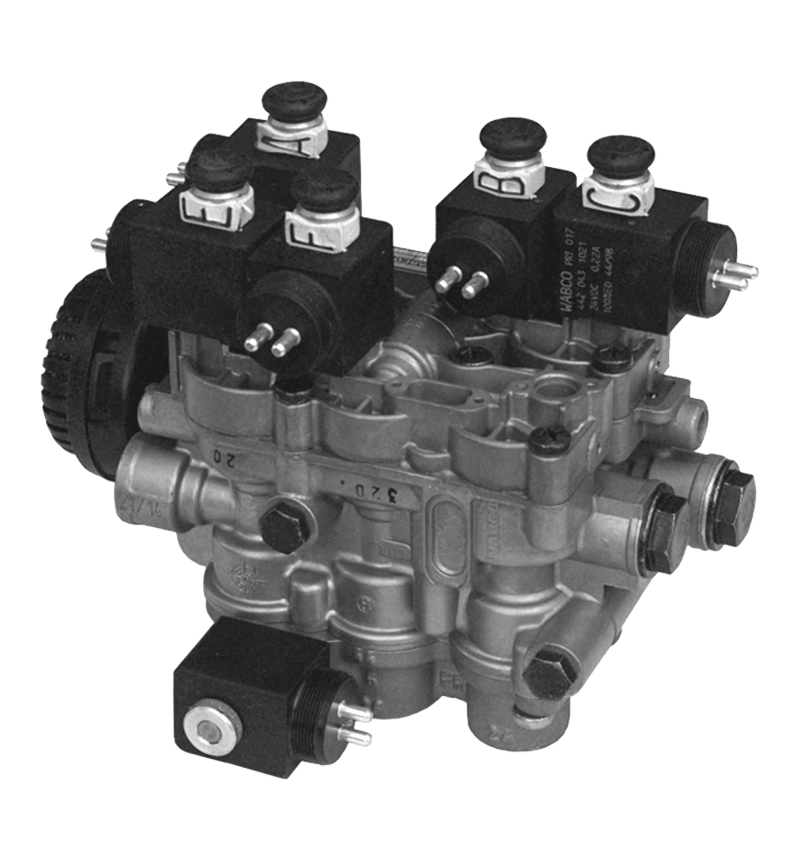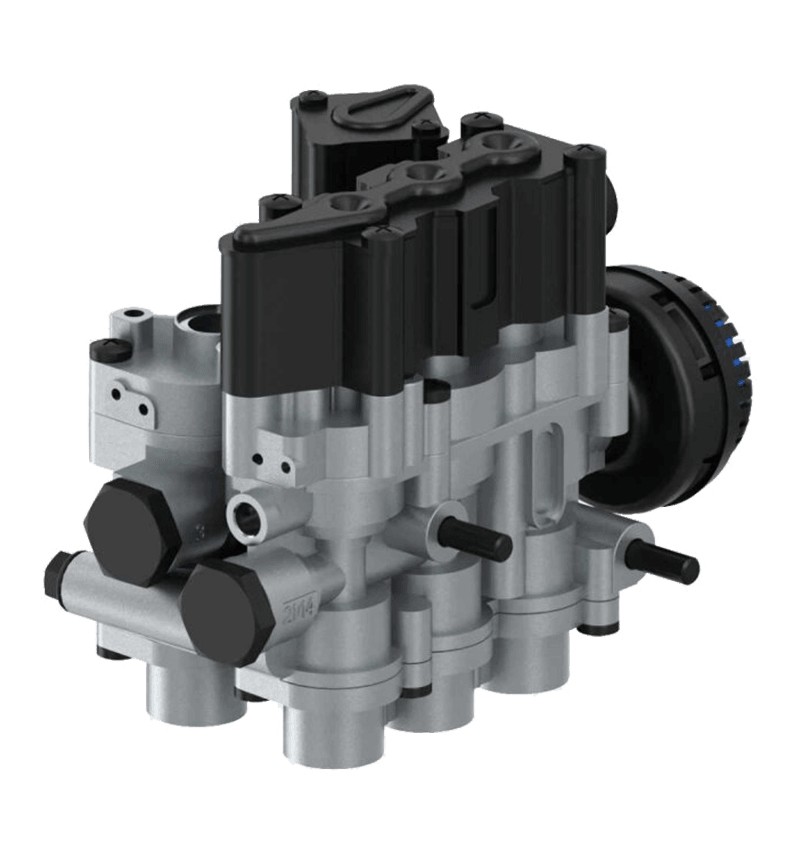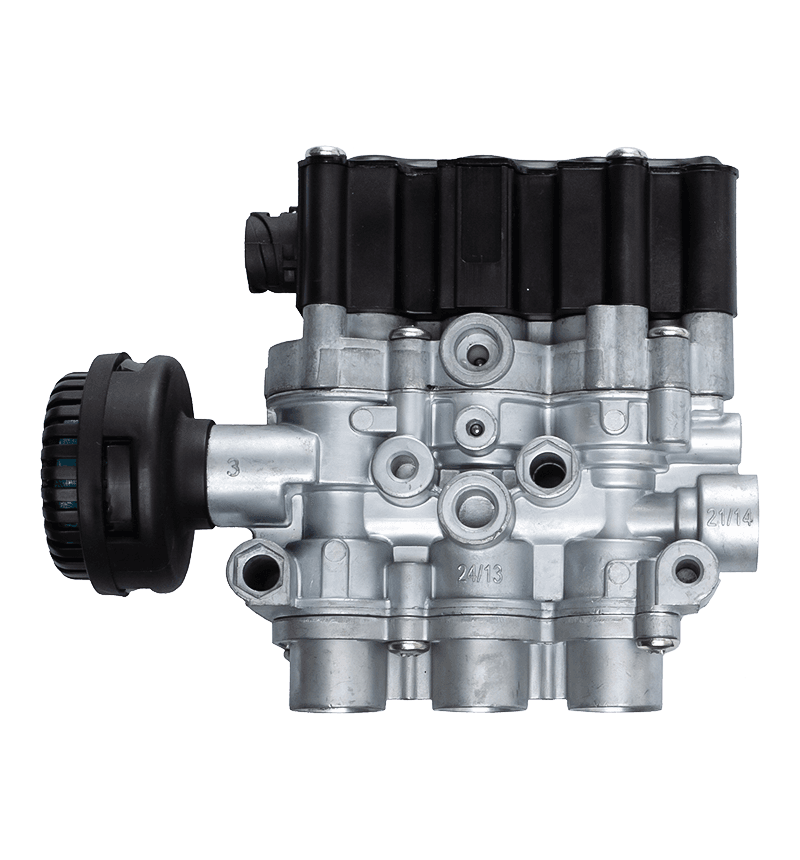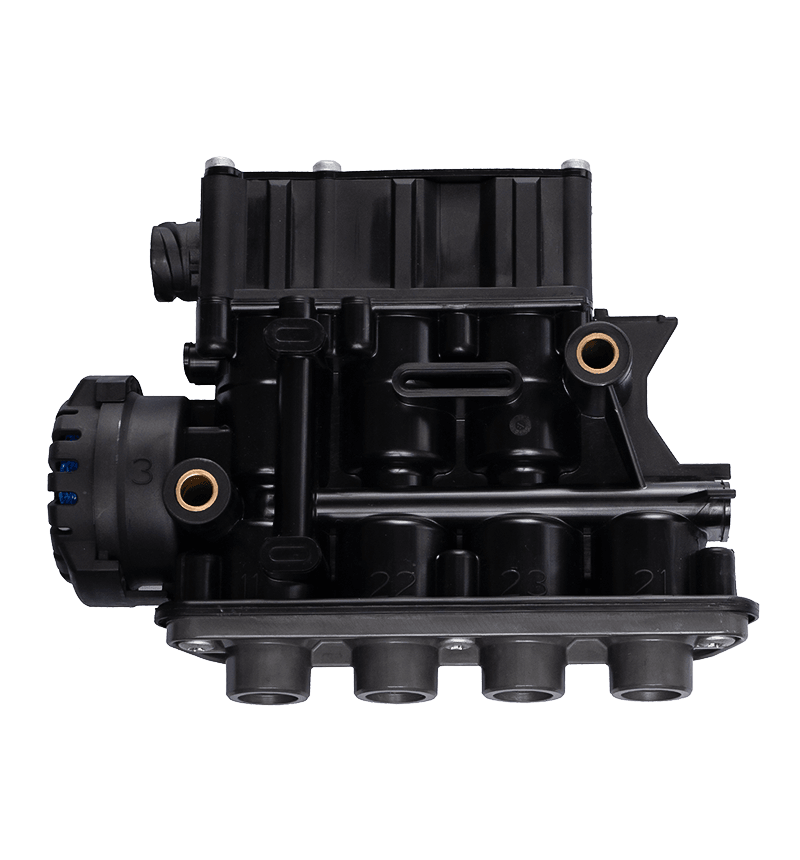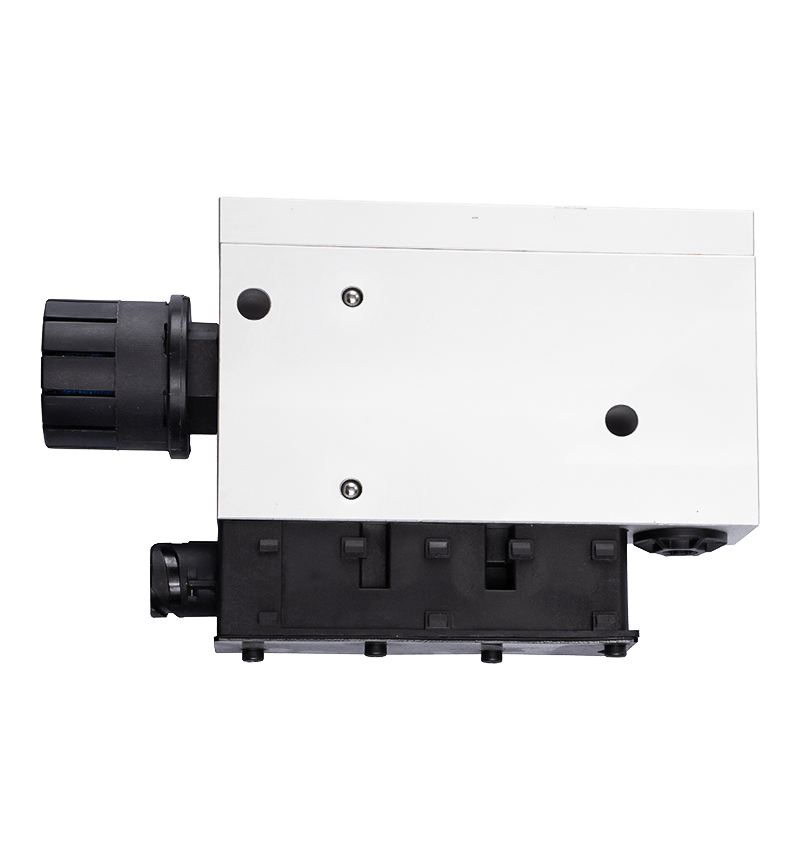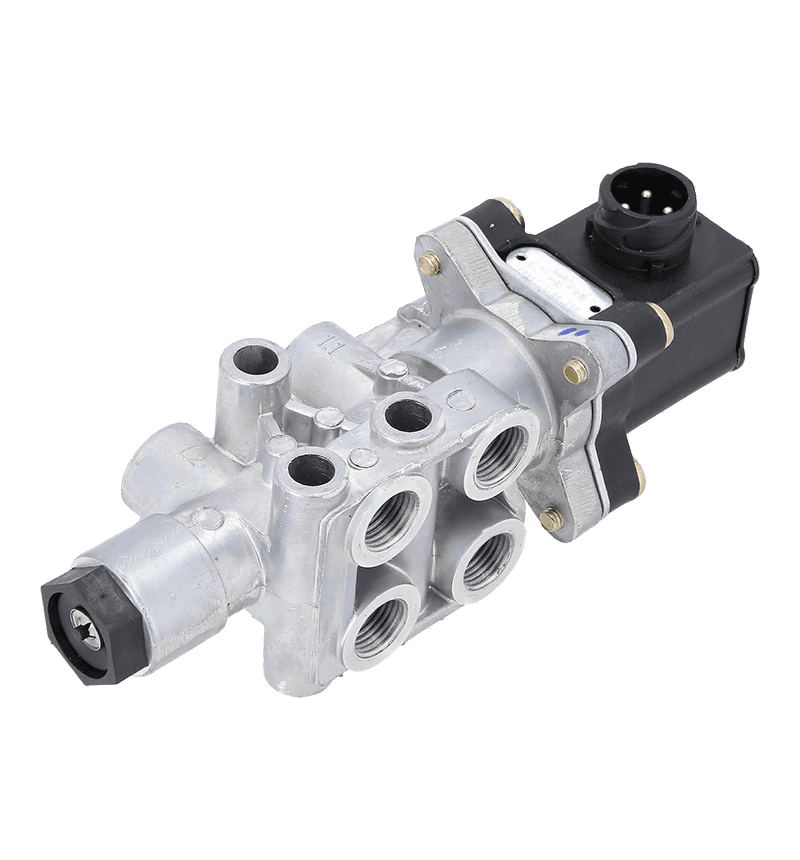Basic Functions and Application Background of Load-Sensing Valves
Load-sensing valves are hydraulic control components that automatically adjust system pressure and flow based on load fluctuations. They are widely used in construction machinery, agricultural equipment, and industrial hydraulic systems. Unlike traditional relief or pressure-reducing valves, load-sensing valves sense load demand and dynamically adjust, thereby maintaining a relatively optimal pressure and flow distribution in the hydraulic system under varying operating conditions. The application of these valves stems primarily from the need for energy efficiency, precise control, and operator comfort in hydraulic systems. They are particularly useful when multiple actuators operate in coordination.
Functions and Limitations of Relief Valves
Relief valves are common safety and pressure control components in hydraulic systems. They primarily limit the system's maximum pressure and, if the set pressure is exceeded, return excess flow to the tank, thereby protecting system components. However, relief valves have a relatively simple control mechanism and cannot adjust the oil supply pressure in real time based on load fluctuations, which can lead to energy waste. Their regulation accuracy and efficiency are particularly limited in systems with large load fluctuations or when multiple actuators operate simultaneously.
Functions and Features of Pressure Reducing Valves
The primary function of a pressure reducing valve is to reduce the high-pressure oil in the main circuit to a desired low pressure, thereby providing a stable low-pressure oil supply to branch circuits with lower pressure requirements. It maintains the output pressure near the set value, preventing significant fluctuations with changes in main circuit pressure. However, pressure reducing valves lack load sensing and dynamic adjustment capabilities, which can lead to slow response and poor energy utilization in branch circuits under complex operating conditions. Furthermore, pressure reducing valves are limited to local regulation in multi-way distribution systems and fail to improve overall system energy management.
Structure and Adjustment Principle of Load Sensing Valves
A load sensing valve typically consists of a pressure sensing element, an adjustment spring, a valve core, and a feedback channel. Its operating principle is to use load signal pressure feedback to adjust the displacement of the main oil pump or system pressure, ensuring that the output pressure is always a set differential above the current load pressure, thereby maintaining stable and efficient operation of the actuator. This structure enables the load sensing valve to quickly adjust the oil supply pressure in response to load changes, avoiding unnecessary high-pressure output, reducing energy consumption, and improving overall system efficiency.
Differences in Control Methods
In terms of control method, the relief valve is a passive control element, operating only when the set value is exceeded; the pressure reducing valve is a fixed-value control element, maintaining the output pressure at a set level; and the load sensing valve is a dynamic control element, capable of sensing load changes in real time and proactively adjusting the supply pressure and flow. This difference gives the load sensing valve advantages in system control flexibility and responsiveness, making it particularly suitable for complex hydraulic systems with frequent load changes and multiple circuits.
Differences in Energy Utilization and System Efficiency
Relief valves, by maintaining high output pressure for extended periods, waste significant energy at low loads. Pressure reducing valves also face similar issues in some pressure regulation applications. Load sensing valves, on the other hand, maintain supply pressure close to the load demand, reducing wasted energy consumption and improving overall hydraulic system efficiency. This optimized energy utilization not only reduces equipment operating costs but also extends the life of hydraulic components.
Differences in Performance in Multi-Channel Systems
In multi-channel hydraulic systems, the control effects of relief and pressure reducing valves are primarily limited to a single circuit and cannot accommodate the dynamic demands of multiple actuators. Load-sensing valves, using load signal feedback, optimize pressure and flow distribution across multiple circuits, ensuring that each actuator receives oil supply based on priority and actual demand. This feature is particularly important in construction machinery such as excavators and loaders, improving operational coordination and efficiency.
Common Application Comparison
Relief valves are suitable for hydraulic circuits with high pressure protection requirements but infrequent load fluctuations; pressure reducing valves are suitable for branch circuits requiring localized, stable low-pressure oil supply; and load-sensing valves are more suitable for complex systems with frequent load fluctuations and the coordinated operation of multiple actuators. For example, in an excavator's hydraulic system, a load-sensing valve ensures coordinated and efficient operation of the bucket, boom, and swing movements. For general pressure protection applications, a relief valve is simpler and more economical.
Comparison Summary and Selection Recommendations
Load-sensing valves, relief valves, and pressure reducing valves each play a specific role in a hydraulic system. Selection should be based on comprehensive considerations, including equipment operating conditions, energy requirements, and cost budget. If the system requires high energy efficiency and dynamic response, load sensing valves are recommended. If simple pressure protection or local pressure reduction is required, relief valves and pressure reducing valves are more suitable.
Key differences between the three valve types
Comparison of the Three Types of Valves
| Valve Type |
Control Method |
Energy Utilization |
Applicable Scenarios |
| Relief Valve |
Overpressure relief control |
Low energy efficiency, with energy waste |
System pressure protection, scenarios with small load fluctuations |
| Pressure Reducing Valve |
Fixed-value pressure reduction control |
Relatively low local energy efficiency |
Low-pressure branch oil supply, stable pressure output requirements |
| Load-Sensing Valve |
Load-feedback dynamic adjustment |
Higher energy efficiency, energy-saving |
Complex systems with frequent load changes and multi-circuit coordination |


 English
English Español
Español


